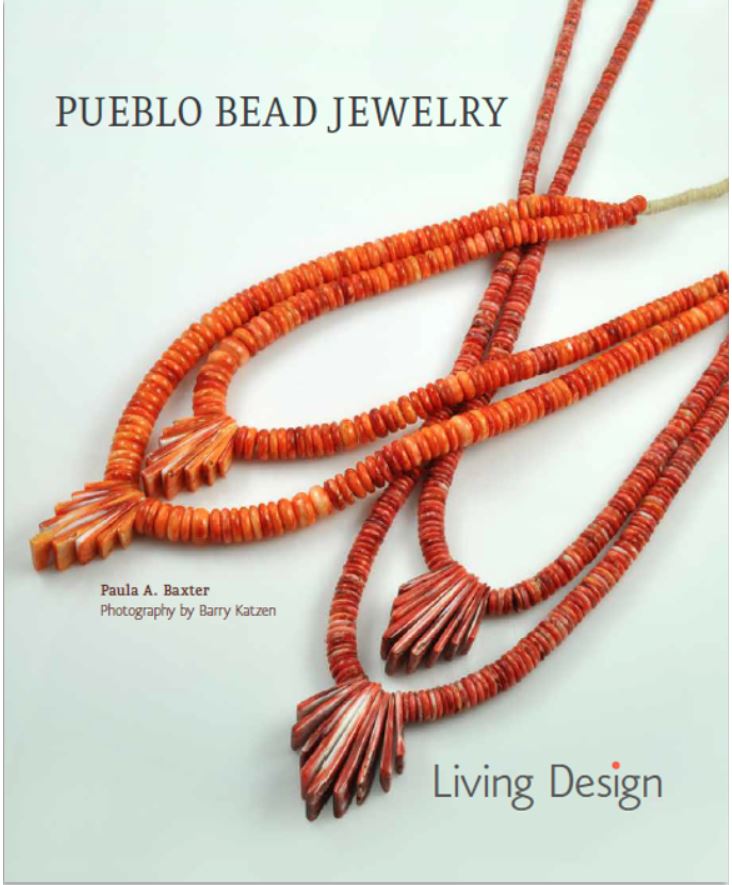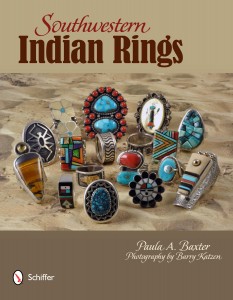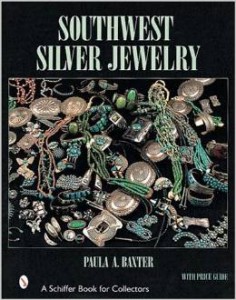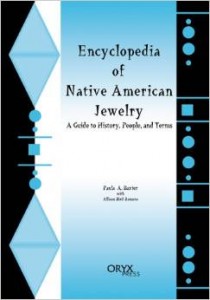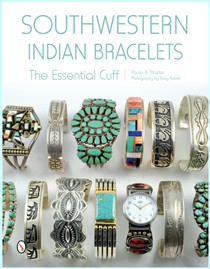As I get off the phone or e-mail with yet another concerned artist, I have to confirm that much consternation is being expressed over a splinter group from SWAIA administration asking for an alternate version of the SWAIA Annual Indian Market. Petitions have been set up and information on this can be found on SWAIA’s Facebook page.
Arts organizations around the U.S. have not done well in the aftermath of the Great Recession of 2008-9. SWAIA and IACA have undergone big changes in personnel and program planning. Indian arts can be considered luxury goods in a harsher economic environment. Many artists, collectors, and dealers are rightfully concerned about how viable the younger generation of collectors and consumers will turn out to be. Most collectors these days appear to belong to the age 40+ group…
Nevertheless, it’s important to look at the reasoning behind asking for a ninety-year-old tradition that has worked so well for so many to be broken or diminished in numbers. What exactly is to be gained by an alternative August Indian Market to be held over overlapping days to the regular Saturday and Sunday weekend, and in an unspecified location that may or may not be near downtown Santa Fe? When you begin to look at the individual artists who favor such a change, certain things become clearer. And I, among others, begin to feel concerned that certain media effects may have inadvertently encouraged divisions within the artistic ranks.
It seems the champions of this splinter show are those who may be considered “high end” in their status as artist. “High end” in this respect means those who can and do charge high prices for quality works which contain valuable materials and designs rendered with expertise and approval from the Indian arts market judging establishment. Many of these artists are at a point in their careers where art galleries are a better venue for their sales than the old-fashioned outdoor booth at SWAIA’s annual show. They may or may not have dealers who are ready to represent them, and plenty of collectors, including international consumers, who rush to purchase their latest creations.
Are these artists going to do better in an Indian arts show which caters to their being part of a specific group with common features?
